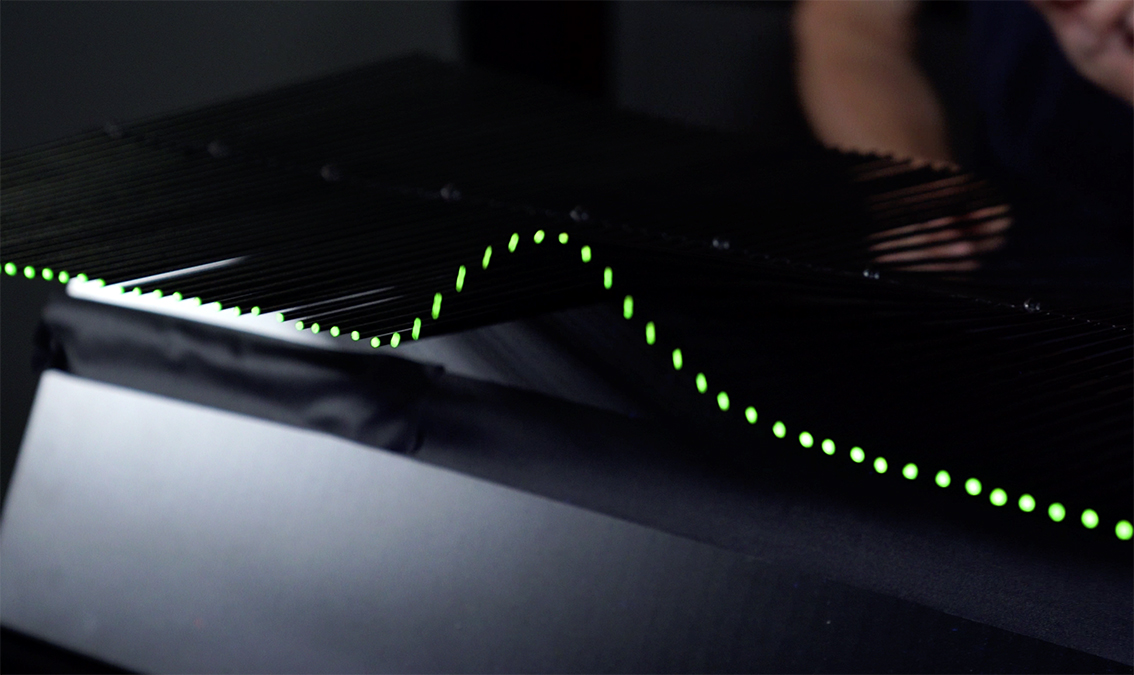A foundational study of waves and vibrations will prepare learners for advanced courses in physics and related fields of engineering. The skills utilized in analyzing these phenomena are applicable to many different systems because vibrations and wavs are so ubiquitous. For instance, learners will understand how the “resonant” modes of a tall building are analogous to simple systems of coupled oscillators. Moreover, learners will come to appreciate that the concept of “resonance” applies not only to systems of masses on springs, but to sound waves, 2D surfaces, atoms, and a wide range of other systems. This course explores many properties that are universal to all wave systems as well as many particular cases.
This course will prepare learners to analyze problems that involve mechanical vibrations and waves with such topics as simple harmonic motion, superposition, damping, forced vibrations and resonance, couple oscillations, normal modes, continuous systems, reflection and refraction, and phase and group velocities. The course also explores electromagnetic waves and various associated properties like polarization, Snell’s law, Huygens’s principle, interference and diffraction. It ends by giving learners a taste of Quantum Mechanics.



